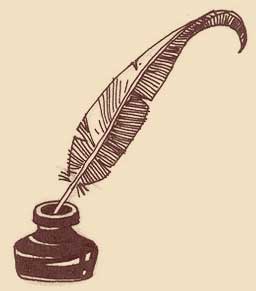2.5.1 The period 1844 – 1868, a transitional stage in literary criticism

Literary criticism during this second period was not particularly valuable per se; however, it would lay the groundwork for its cultivation with greater insight during the period of the independence struggles.
During this period, especially at the end, the young Enrique Piñeyro stood out; but he was not the only one, as the authors themselves would apply precepts of this nature to evaluate literary works, both those conceived in the country and those by relevant authors of other nationalities, which would contribute to broadening the horizons of the different genres.
This period included the rise of the Artistic and Literary Lyceum of Havana, founded in 1844, and the one in Guanabacoa, inaugurated in 1861. In addition to fulfilling various educational, recreational, and cultural dissemination functions, they contributed to opening spaces for debate around literature and the appreciation of currents, genres, and works.
This was also supported by the gatherings and other forums conceived by literature lovers, in which figures such as Antonio Zambrana, Rafael María de Mendive, and Nicolás Azcárate already outlined their main concerns regarding literary criticism.
Rafael María de Mendive himself was director of the “Revista de la Habana”, which was published from 1853 to 1857. This and the “Revista Habanera”, which was published during the four-year period from 1861 to 1863, under the direction of Juan Clemente Zenea, constituted the main spaces for the exercise of a more exhaustive literary criticism and which could remain as a reference for later authors, not so the spaces of the tertulias, due to the ephemeral nature of orality and even the certain elitism that sometimes prevailed in the selection of those attending, especially if one takes into account the function of criticism as a guide for readers.
The controversies that appeared in the press or even through correspondence, although sometimes they were more tense and less objective, as well as going beyond the limits imposed by the literary subject in question, somewhat “unhinged” the cold academicism in the dissection of works, sometimes common in other latitudes, which led to the dogmatization of certain points of view that were not always so pertinent.
This period also saw the first signs of criticism turning inward, in an attempt to construct fair standards with which to assess national literary production. This would later give way to greater theorization and to what would become a critique of criticism, in an attempt to increasingly validate the analytical presuppositions with which it operated. There was also an attempt at a critique that mimicked literature in terms of its own status as a work of art; and, in a general sense, the foundations were laid for higher endeavors in the era of struggles for national liberation.








